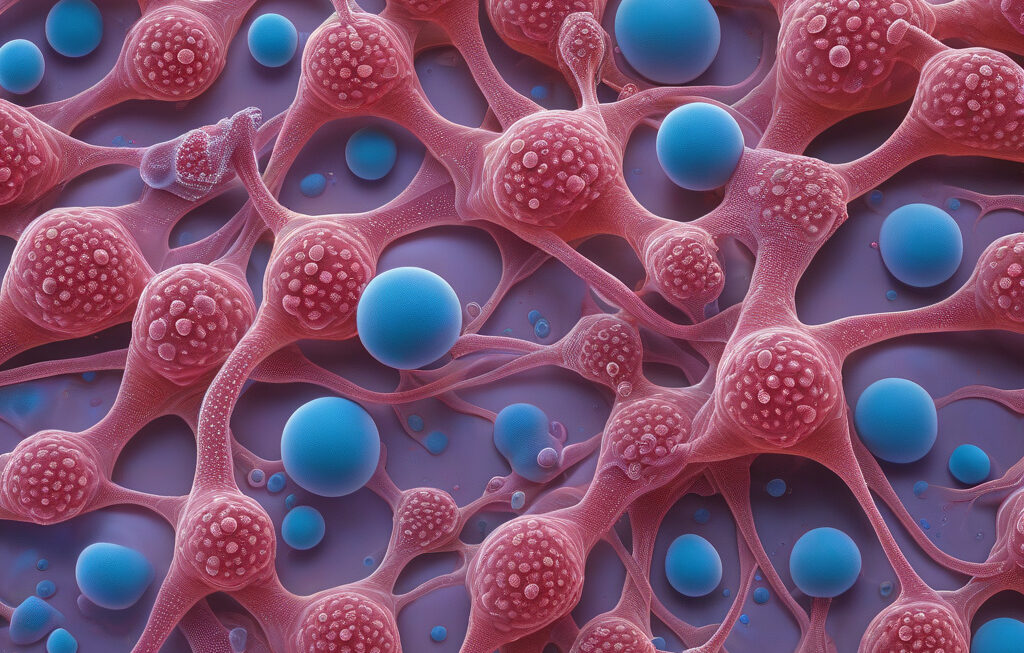Micronanoplastics Found in Neck Arteries, Could Raise Blockage and Stroke Risk
Our lives are filled with plastic, in everything from packaging to textiles. New research suggests that this prevalent material may be causing more harm than previously thought. A recent study has found evidence of micronanoplastics in the neck arteries of individuals, raising concerns about the potential impact on cardiovascular health.
These tiny plastic particles, measuring less than 5 micrometers in size, have been detected in the tissues of the carotid arteries, which supply blood to the brain. The presence of these micronanoplastics in such a critical part of the circulatory system has sparked worries among researchers about their role in the development of atherosclerosis, or the hardening and narrowing of the arteries.
Atherosclerosis is a major risk factor for cardiovascular diseases, including heart attacks and strokes. The accumulation of plaque in the arteries can restrict blood flow and lead to potentially life-threatening complications. The discovery of micronanoplastics in the neck arteries suggests a potential link between plastic exposure and the development of atherosclerosis, posing a significant public health concern.
Plastic pollution has already been recognized as a global environmental issue, with marine ecosystems bearing the brunt of its impact. However, the findings of this study shed light on the lesser-known consequences of plastic contamination on human health. The ability of micronanoplastics to infiltrate the bloodstream and deposit in vital organs raises alarms about the long-term effects of plastic exposure on cardiovascular function.
While the exact sources of these micronanoplastics in the arteries remain unclear, the pervasiveness of plastic in our daily lives offers several plausible explanations. Microplastics, small plastic particles less than 5 millimeters in size, are found in a wide range of consumer products, including personal care items, clothing, and food packaging. These microplastics can degrade over time into even smaller particles, such as micronanoplastics, which have the potential to enter the bloodstream through ingestion or inhalation.
The implications of these findings extend beyond cardiovascular health, highlighting the need for greater awareness of the risks associated with plastic pollution. As our dependence on plastic continues to grow, so too does the urgency of addressing its environmental and health consequences. Strategies to mitigate plastic pollution, such as reducing single-use plastics, promoting recycling, and developing biodegradable alternatives, are crucial steps in safeguarding both our planet and our well-being.
In conclusion, the presence of micronanoplastics in the neck arteries underscores the far-reaching impact of plastic pollution on human health. By recognizing the potential risks posed by these microscopic particles, we can take proactive measures to minimize exposure and protect our cardiovascular system. The time to address the plastic problem is now, for the sake of our health and the health of the planet.
plasticpollution, cardiovascularhealth, microplastics, atherosclerosis, environmentalhealth












